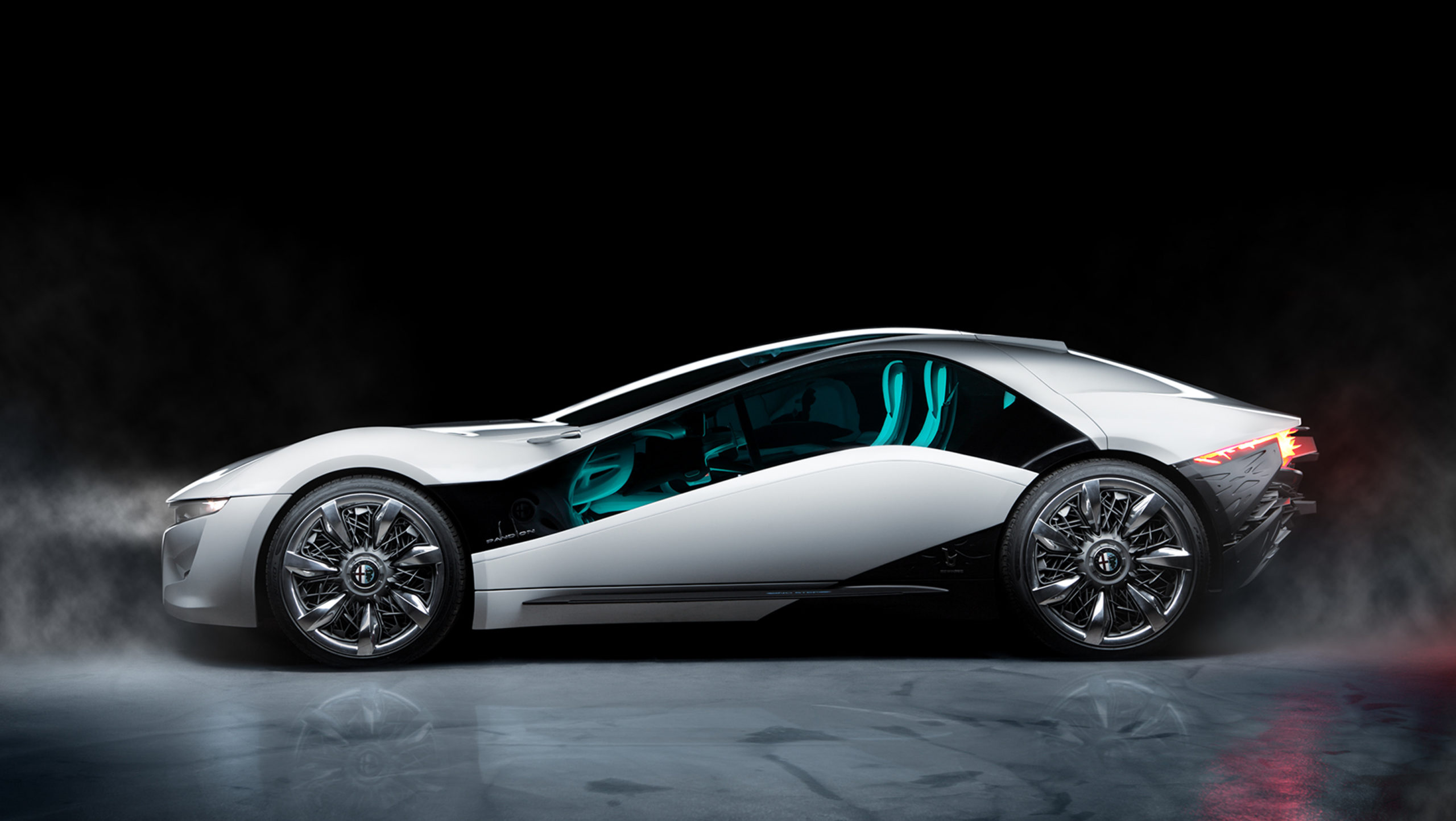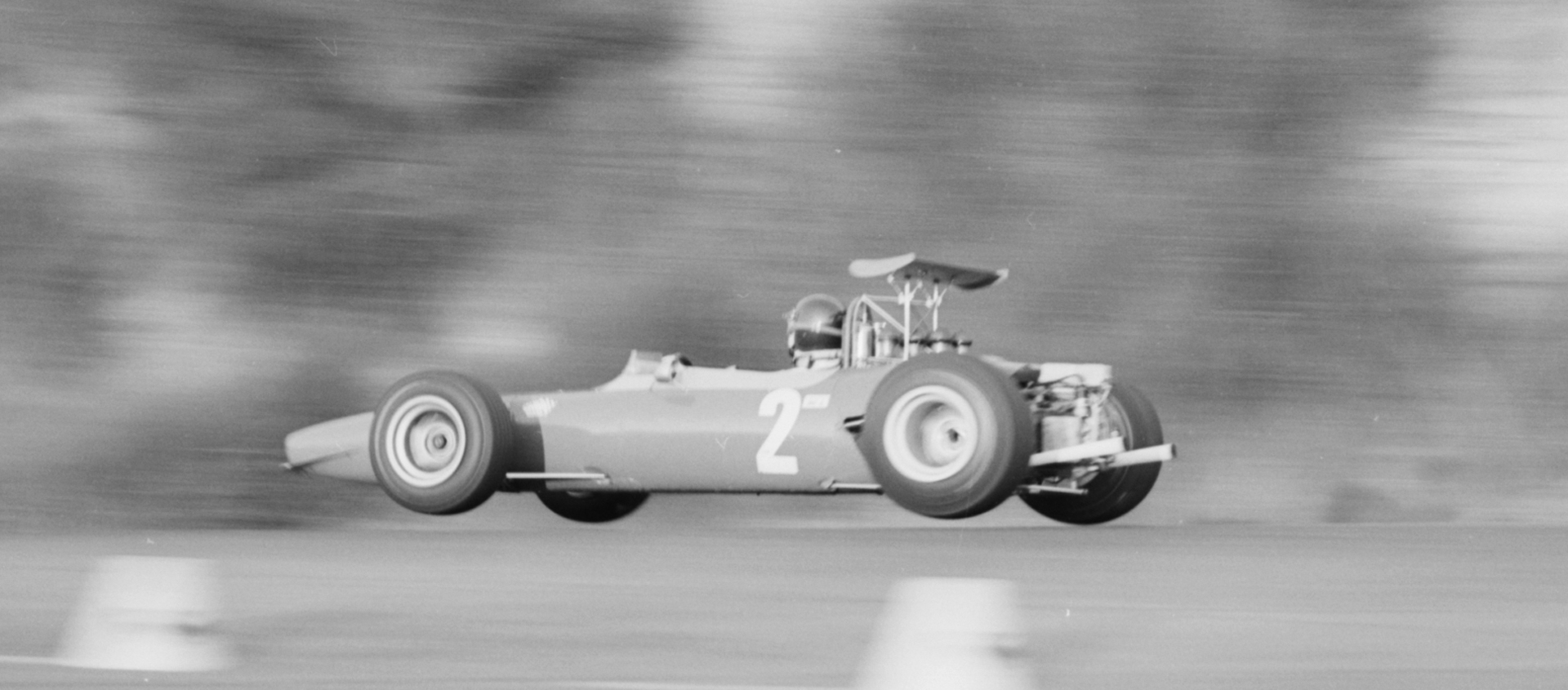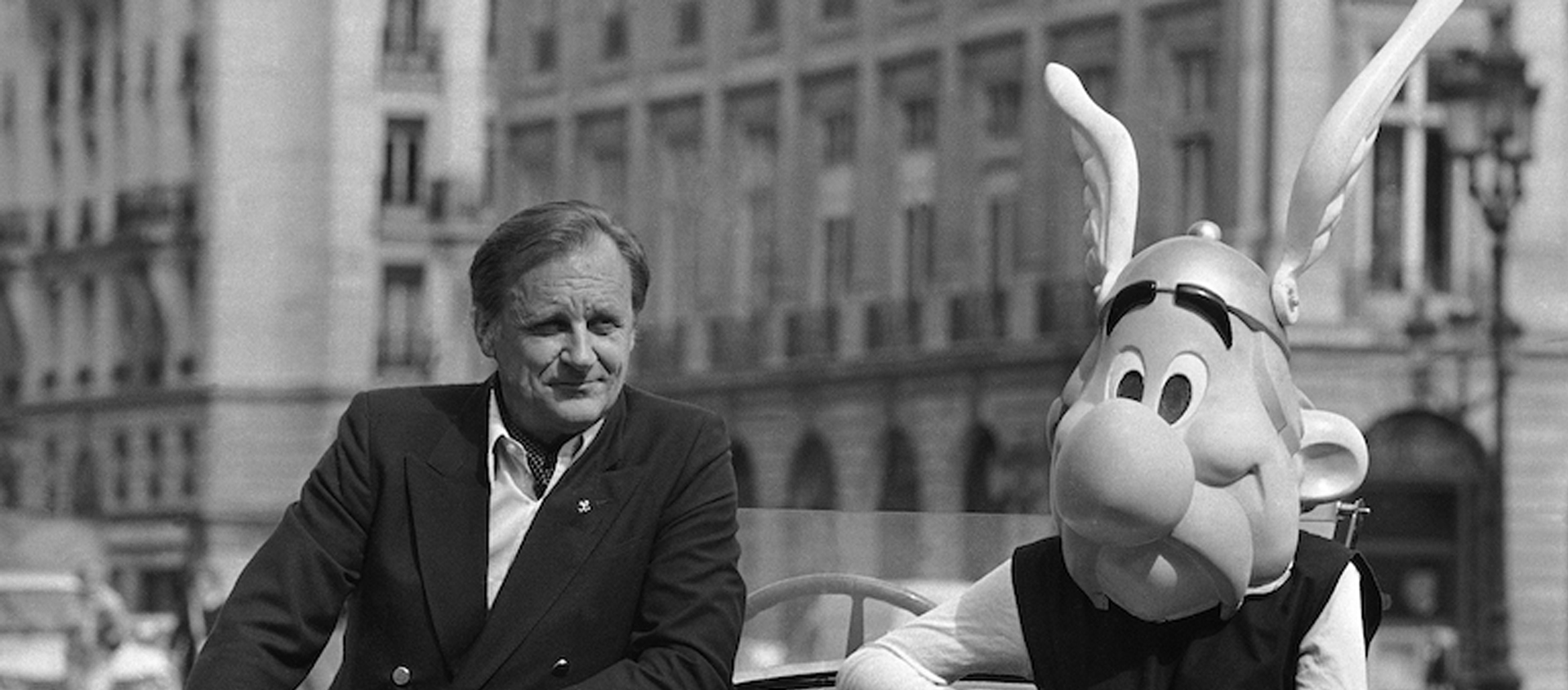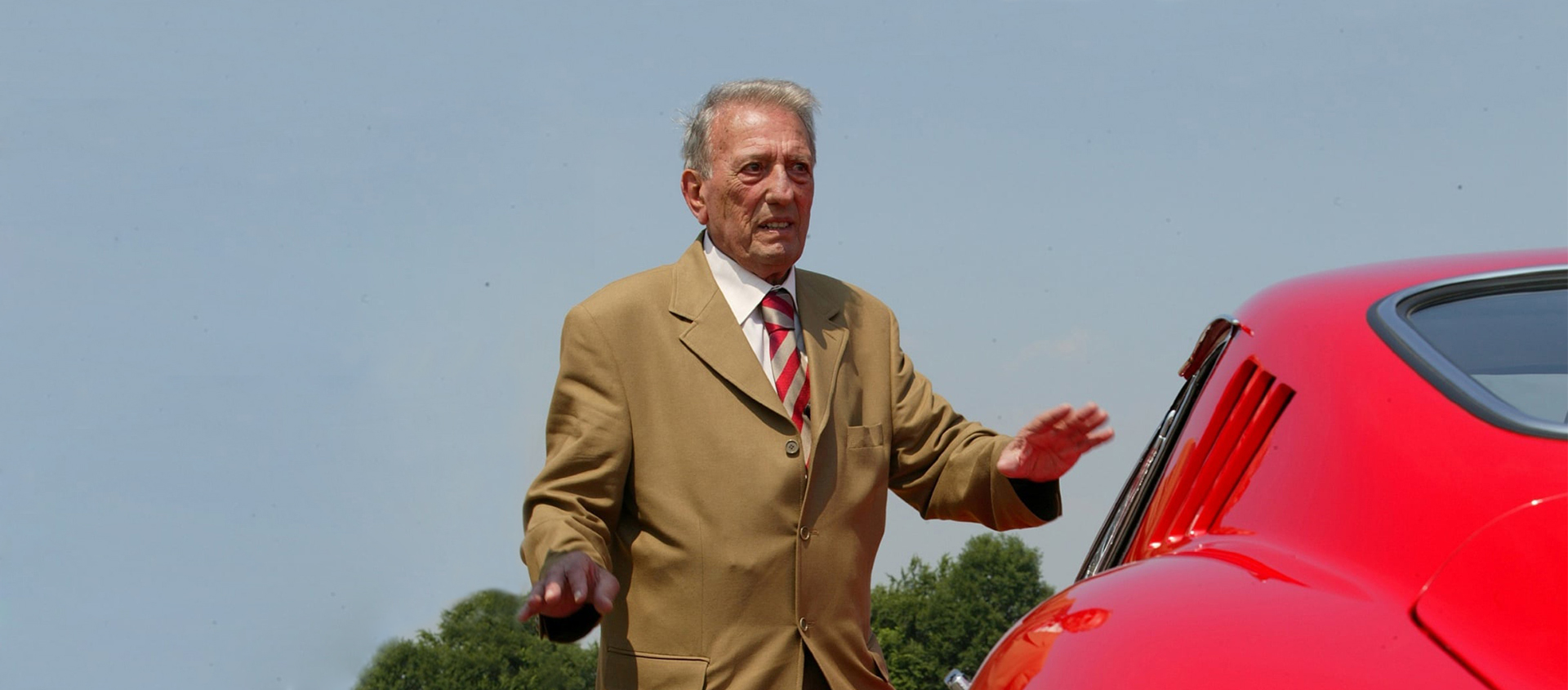Michael Robinson
28 May 2020 2 min read 9 images

Ask any car designer how he or she got into the profession and you’ll hear the wildest stories. Mike Robinson, a horse fanatic at the age of 10, switched to horsepower at 16 when he bought his first car, a 1967 Mustang. That is when he discovered car design, thanks to a photograph of the 1970 Lancia Stratos Prototype Zero by Gandini at Bertone. From that day on, he wanted to create the most radical, futuristic cars in the world, and he decided to do it in Turin, Italy.
Register to unlock this article
Signing up is free and gives you access to hundreds of articles and additional benefits. See what’s included in your free membership. See what's included in your free membership.
Already have an account? Log In


